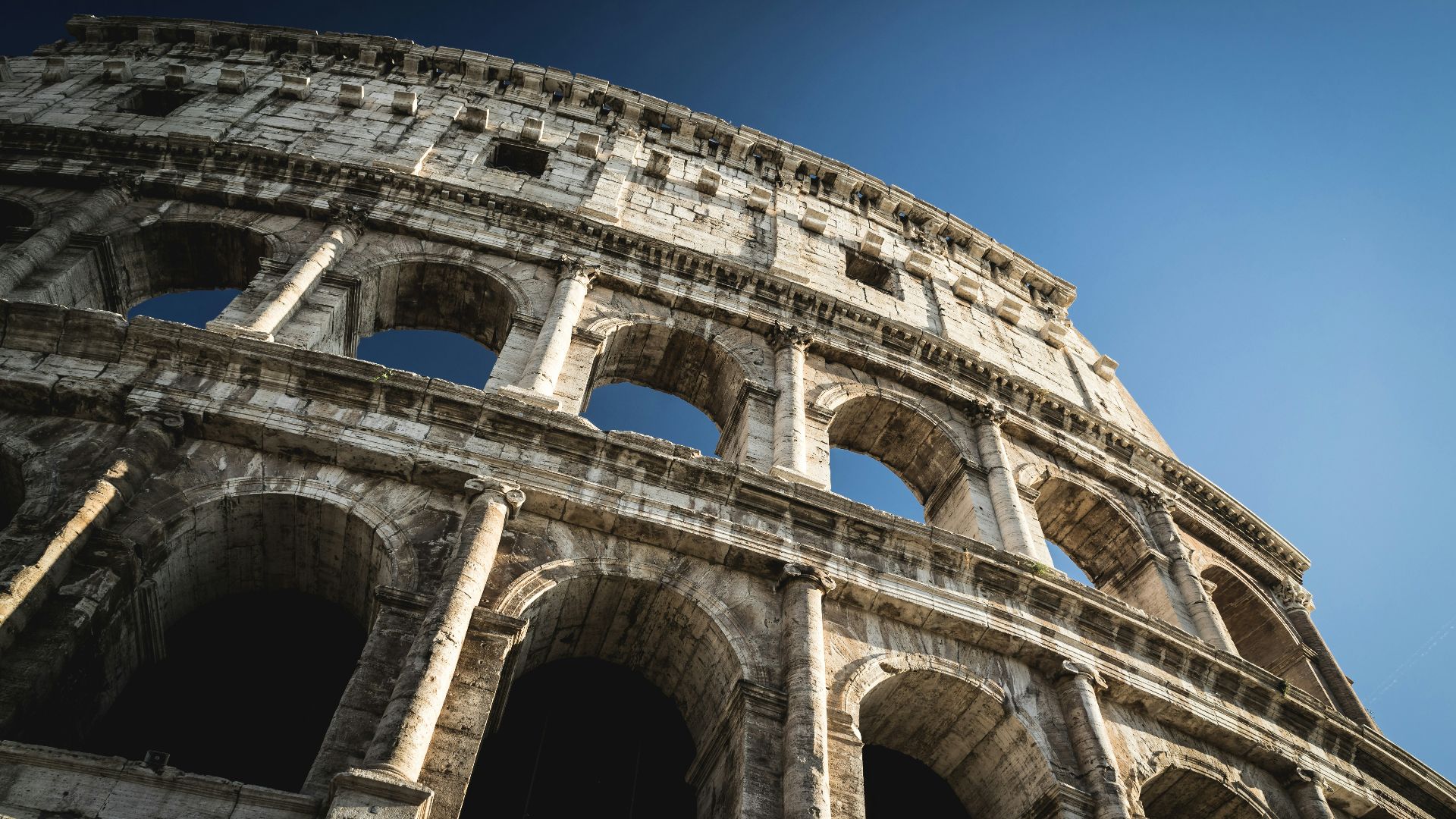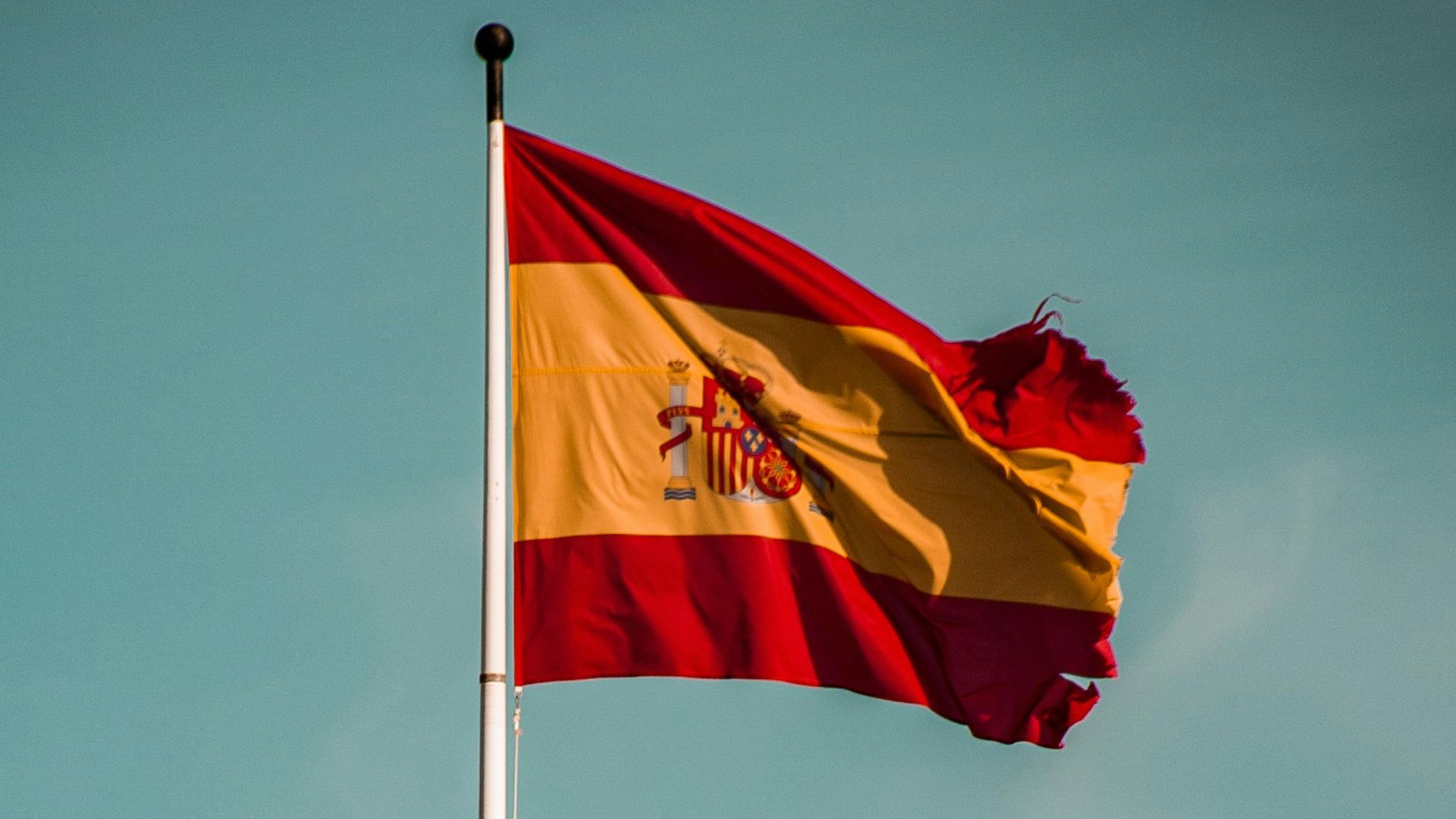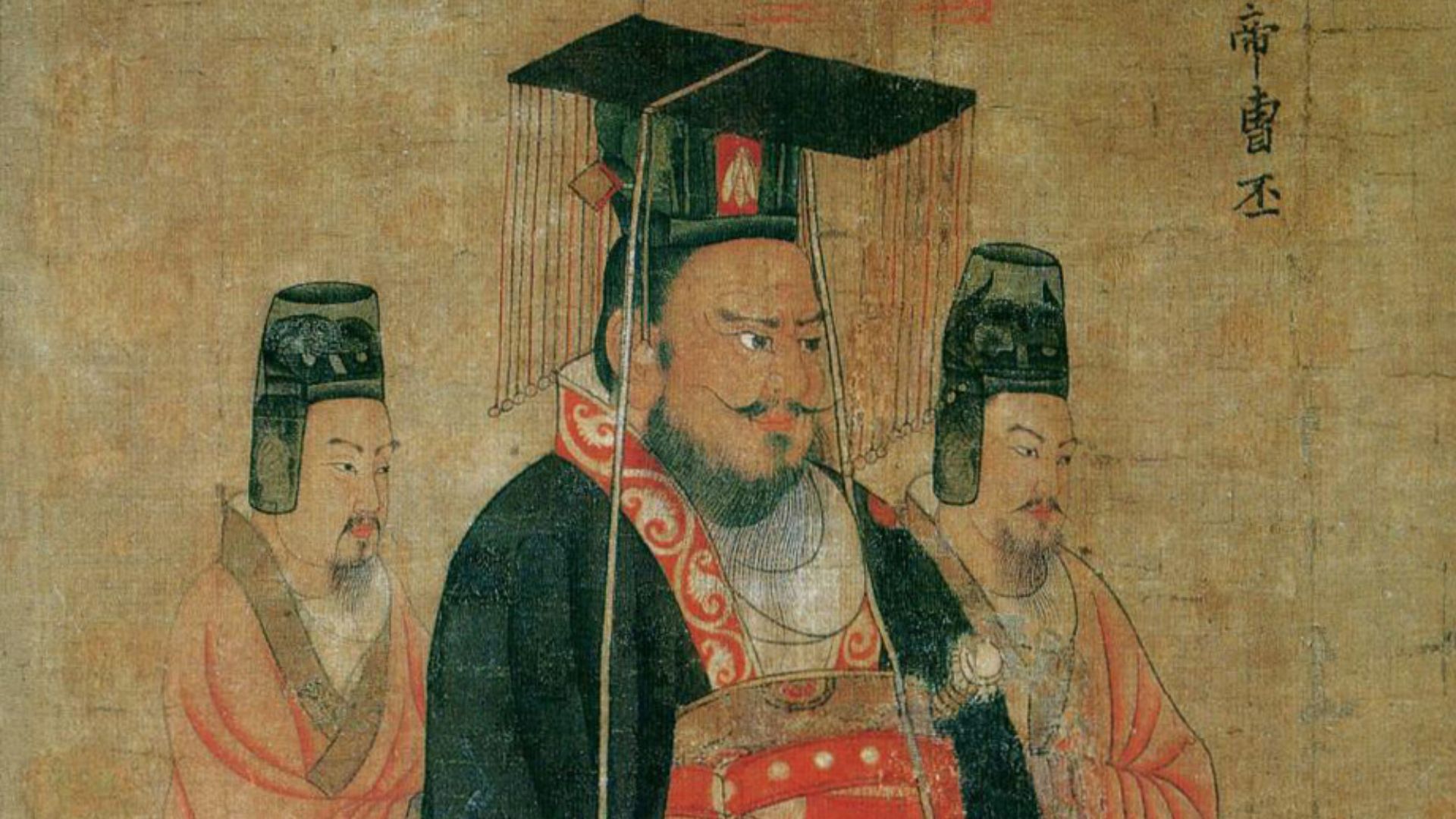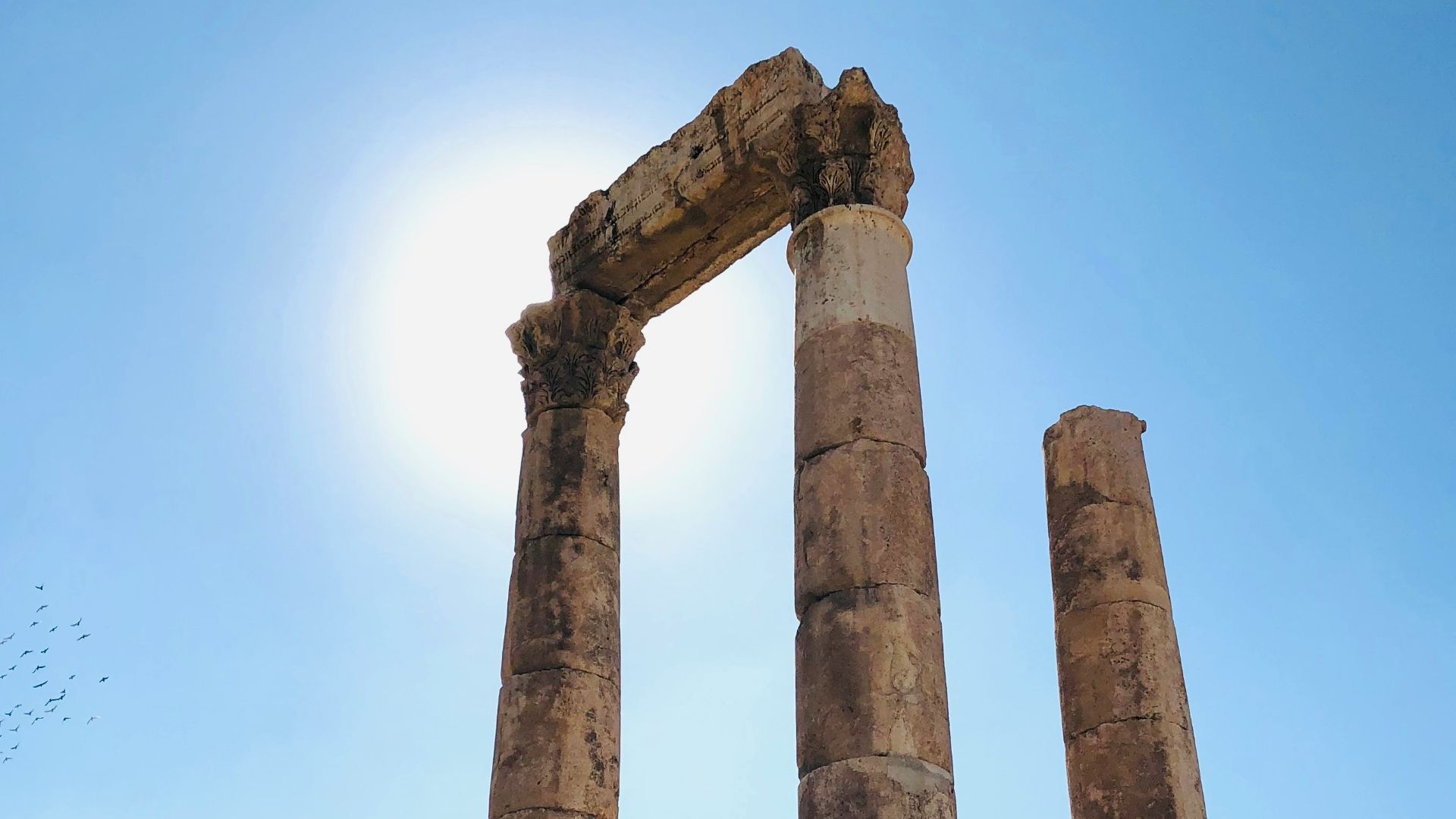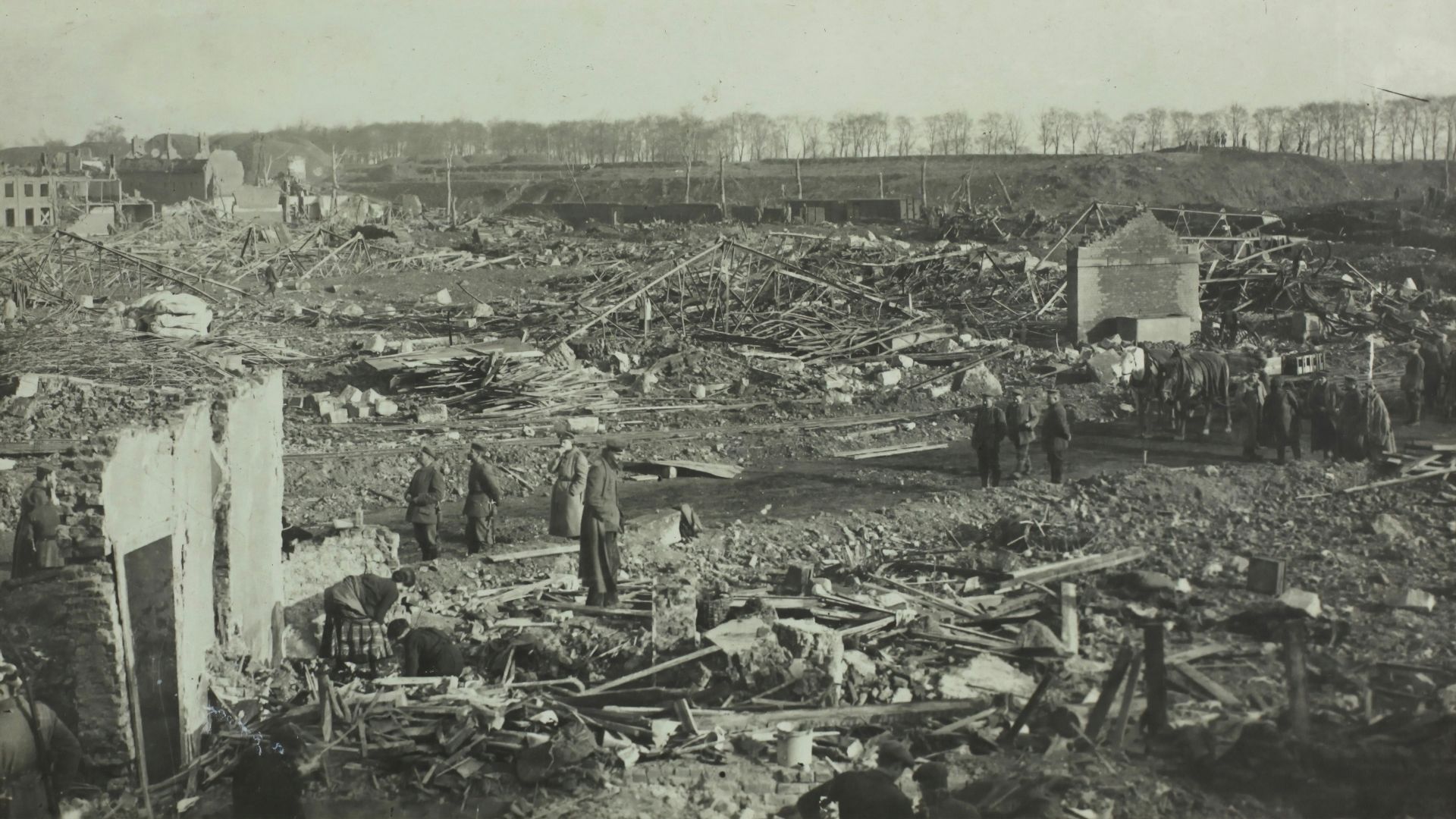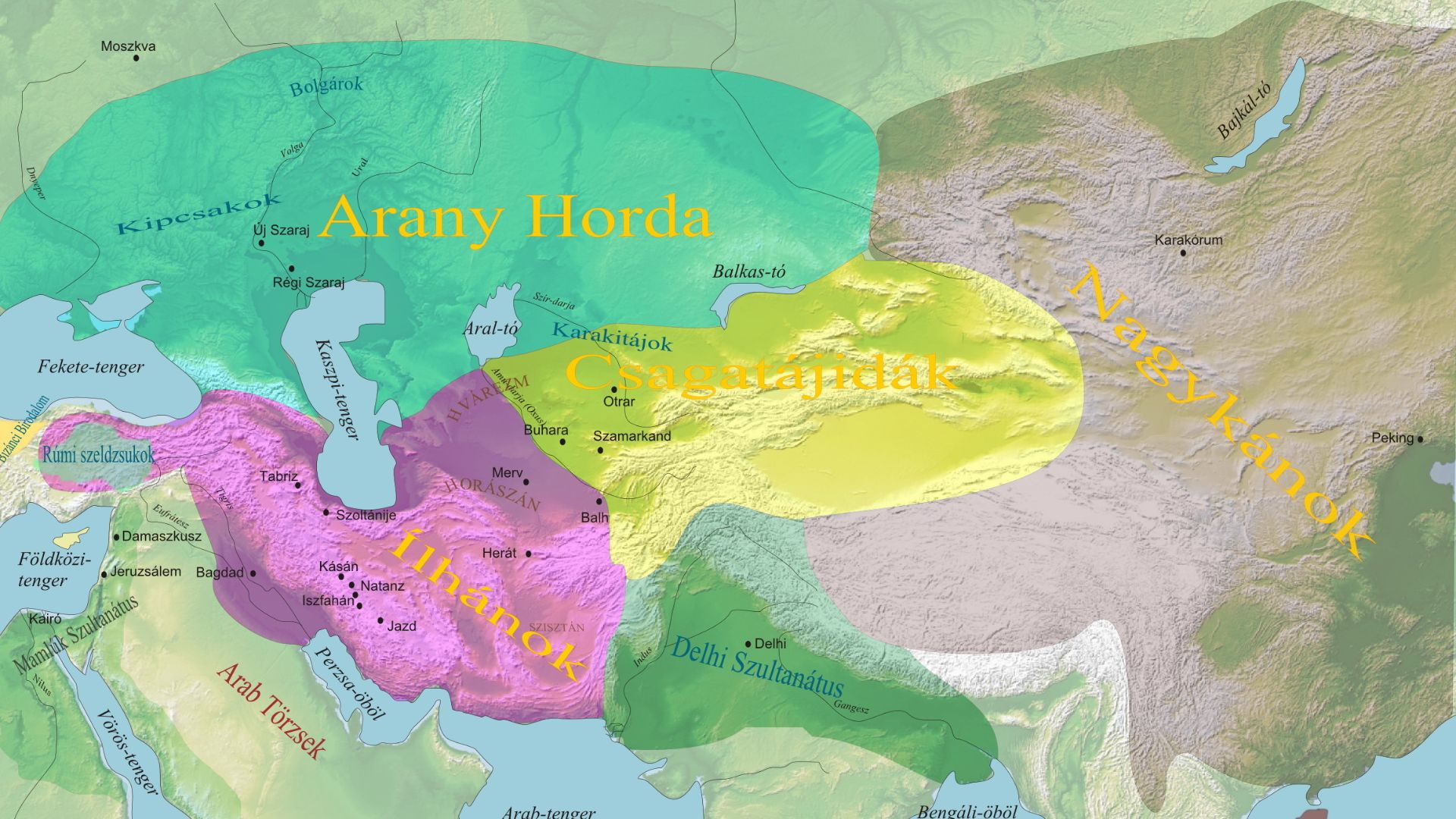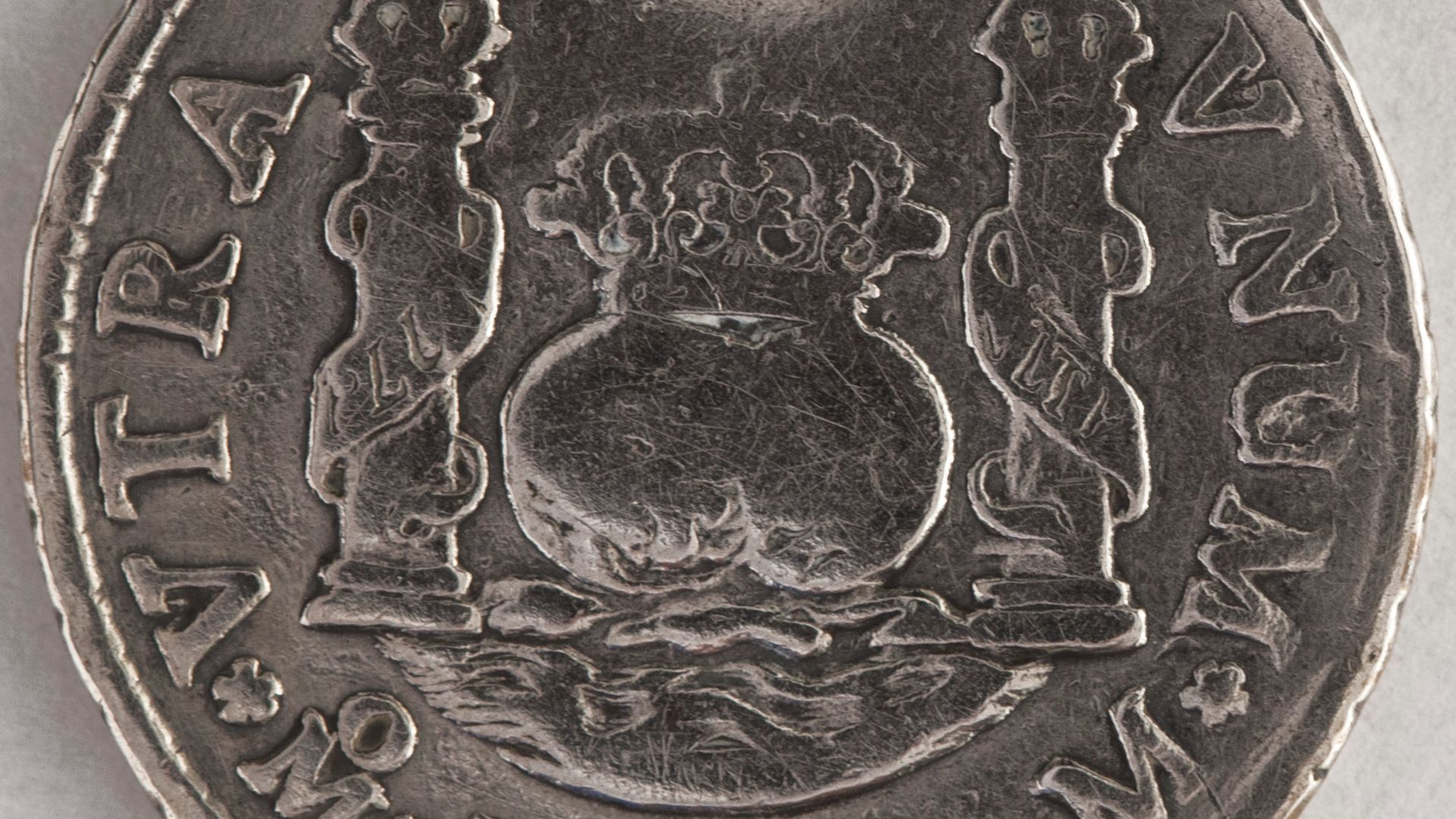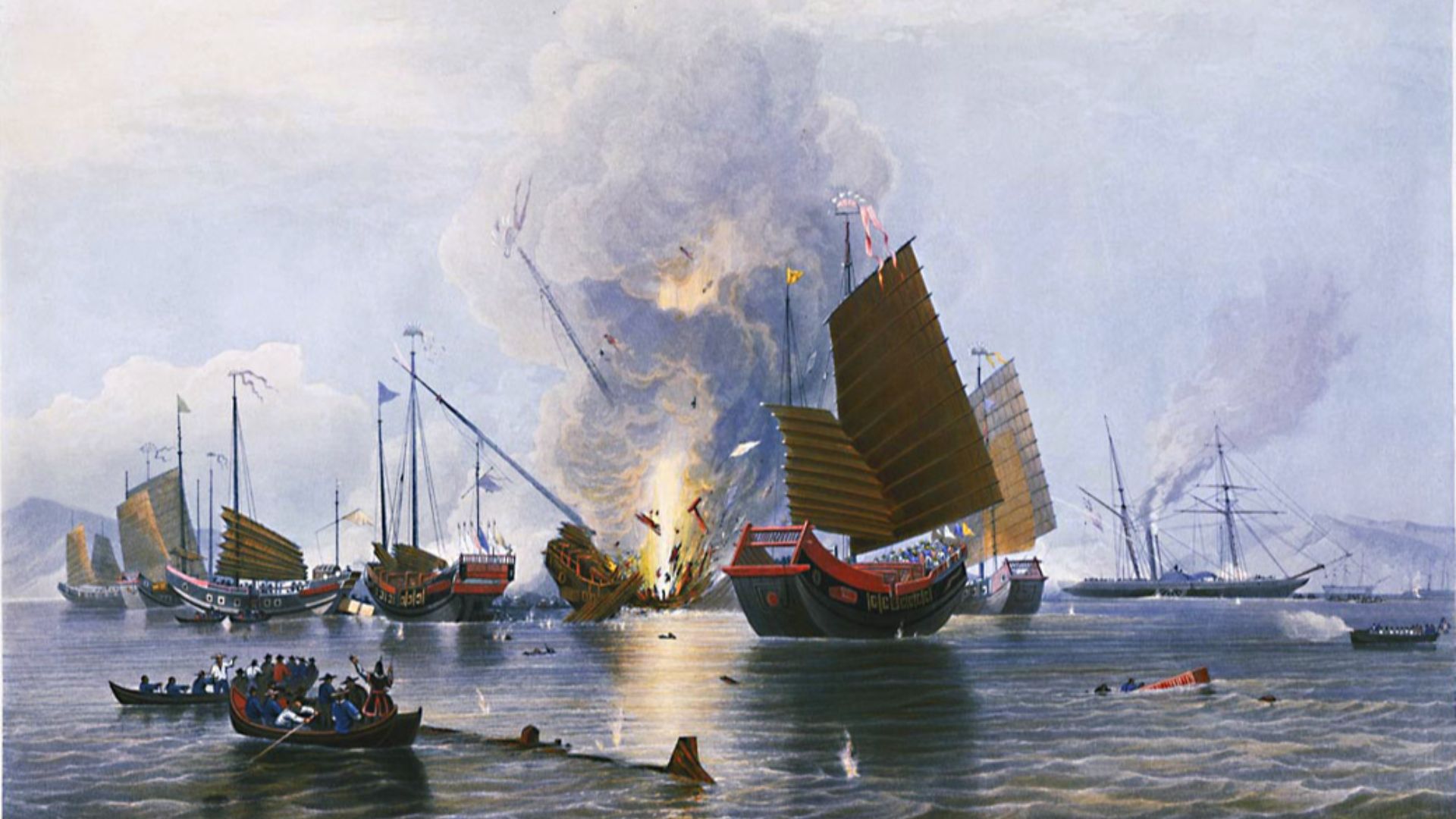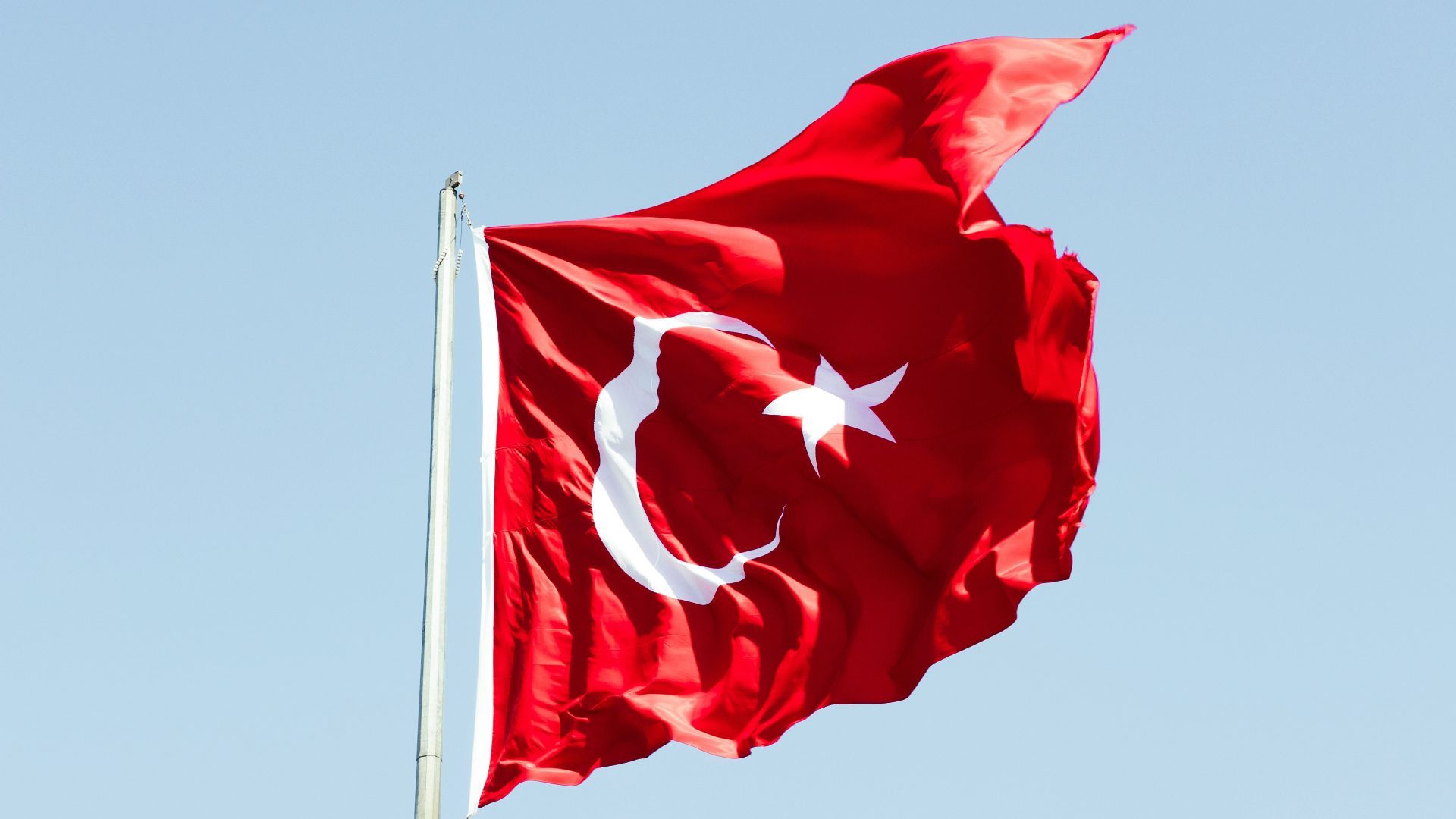“All Great Empires Die From Within”
Ancient empires are the basis for many anthropoloists, historians, archeologists, and the like, as understanding them helps us grasp a better view of our world history. Many of these empires contributed to society as we know it today, despite them starting and (usually) ending through violent means. Check out this list below to learn more about some of the most powerful empires in history, and what caused them to come crashing down.
1. The Persian Empire
This Iranian empire lasted from 522 to 486 BCE, and spanned a total of 2.1 million square miles. It was founded by Cyrus the Great and was the largest empire at that point in history. It had approximately 17 to 35 million subjects, and 13 monarchs ruled during its duration.
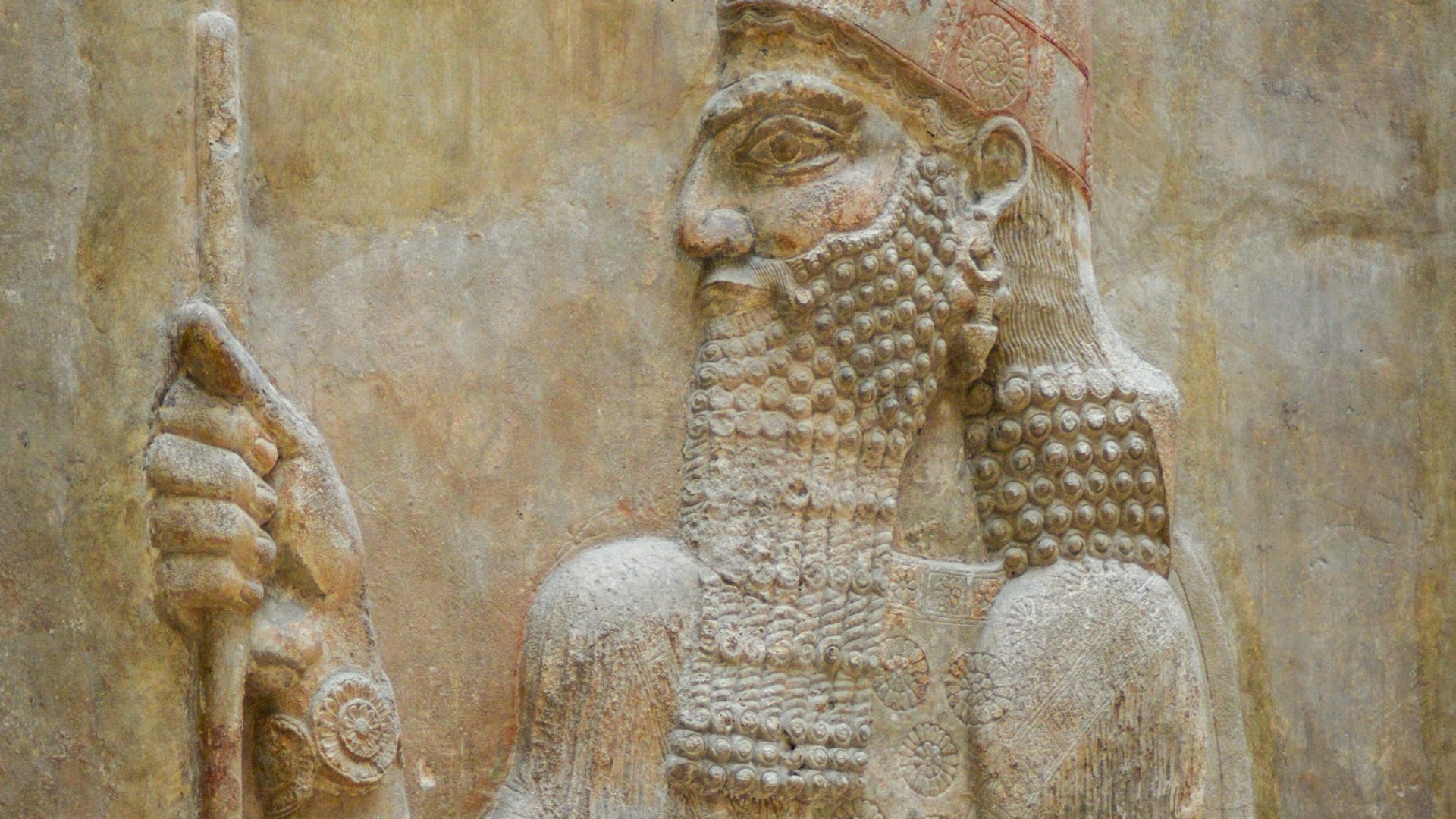 Richard Multimedia on Unsplash
Richard Multimedia on Unsplash
2. The Han Dynasty
This Chinese imperial dynasty lasted from 202 BCE - 9 AD, and from 25-220 AD after a short interruption from the Xin dynasty. It was established by Liu Bang, whose success allowed the empire to have a geographical surface area of 2.3 million square miles during its first period, and 2.5 million square miles during its second.
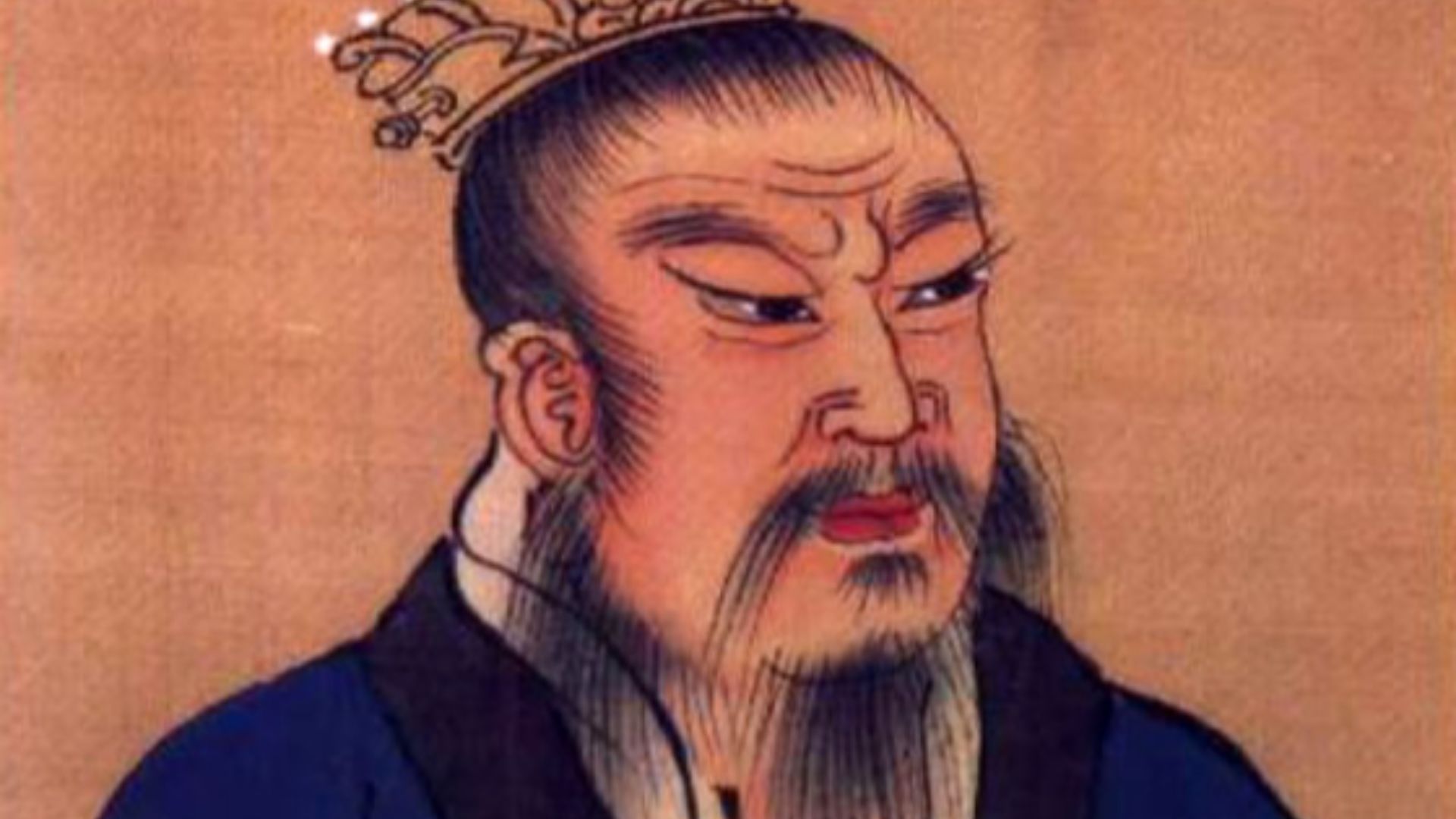 Unknown authorUnknown author on Wikimedia
Unknown authorUnknown author on Wikimedia
3. The Roman Empire
The Roman Empire was a powerhouse and one of the longest-living empires in history. The empire existed from 27 BCE - 395 AD as a unified nation, with the Eastern half of the empire existing until 1453 AD after it broke apart. The Roman Empire encompassed over 1.9 million square miles at its peak.
4. The Akkadian Empire
Understood to be the world’s first known empire. The Akkadian Empire was founded by Sargon of Akkad around 2334 BCE. At its peak, it ruled over 310,000 square miles of land and incorporated parts of modern-day Iraq, Iran. Syria, Turkey, and Kuwait.
 The Cleveland Museum of Art on Unsplash
The Cleveland Museum of Art on Unsplash
5. The Russian Empire
The Russian Empire spanned most of northern Eurasia from 1721 to 1917, and was founded by Peter I. At its peak, it spanned almost 9 million square miles and had a total population of 161 million by 1910.
 Карел де Моор (Moor, Carel de (1656-1738)) on Wikimedia
Карел де Моор (Moor, Carel de (1656-1738)) on Wikimedia
6. Egypt’s Old Kingdom
Egypt is one of the few countries that made it into modern-day, but the Old Kingdom is the period that sticks out the most. Spanning from 2700-2200 BCE, Egypt’s Old Kingdom is responsible for the Great Pyramids and is considered one of the country's “golden ages.”
7. The Mongol Empire
Known as the largest continuous empire in history, the Mongolian Empire stretched over 9.1 million square miles in the final year of its life. Created in 1206 by Genghis Khan, the nomadic empire lasted until 1294, and played a part in uniting several large geographic regions.
 Unknown authorUnknown author on Wikimedia
Unknown authorUnknown author on Wikimedia
8. The Spanish Empire
The Spanish Empire existed between 1492 and 1976. It’s one of the few empires whose influence reached across several continents, as it covered a total of 5.3 million square miles between the Americas, Oceania, and western Europe.
9. The Qing Dynasty
Known as the last imperial dynasty in Chinese history, the Qing Dynasty existed from 1644 to 1912. At its peak, this dynasty covered 5.7 million square miles and had over 4 million people under its rule.
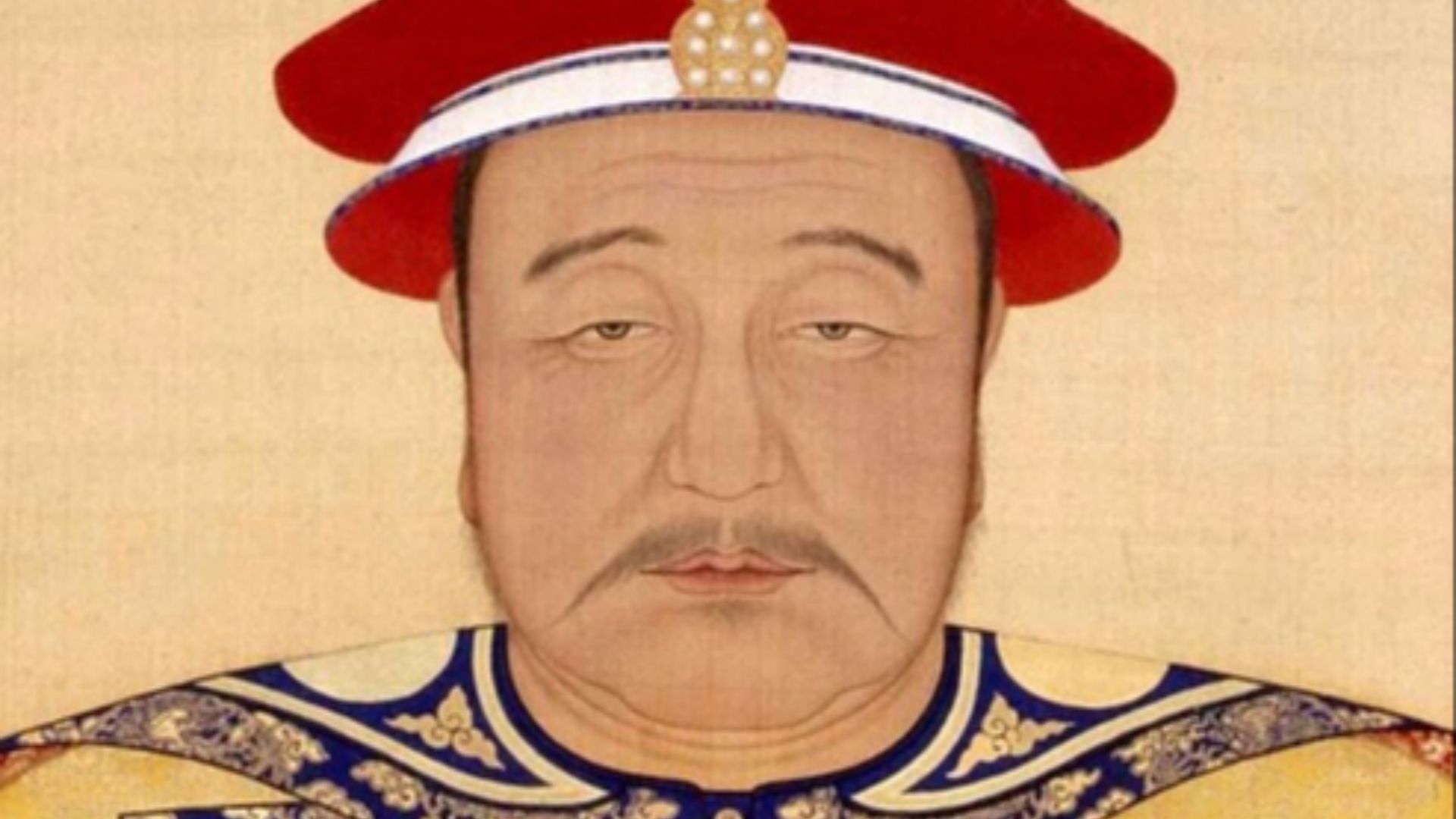 AnonymousUnknown author Qing Dynasty Court Painter on Wikimedia
AnonymousUnknown author Qing Dynasty Court Painter on Wikimedia
10. The Ottoman Empire
Also known as the Turkish Empire, this empire controlled much of Southeast Europe, West Asia, and North Africa from 1299 to 1924. It was founded by Osman I and reached over 2 million square miles of surface area at the height of its reign.
1. The Persian Empire’s Downfall
In 330 BCE, the Persian Empire fell to Alexander the Great and his invading Macedonians, effectively ending the empire’s reign. Before the Macedonian invasion, the empire struggled with internal decay, corrupt leadership, succession problems, heavy taxation, and a general breakdown of social order.
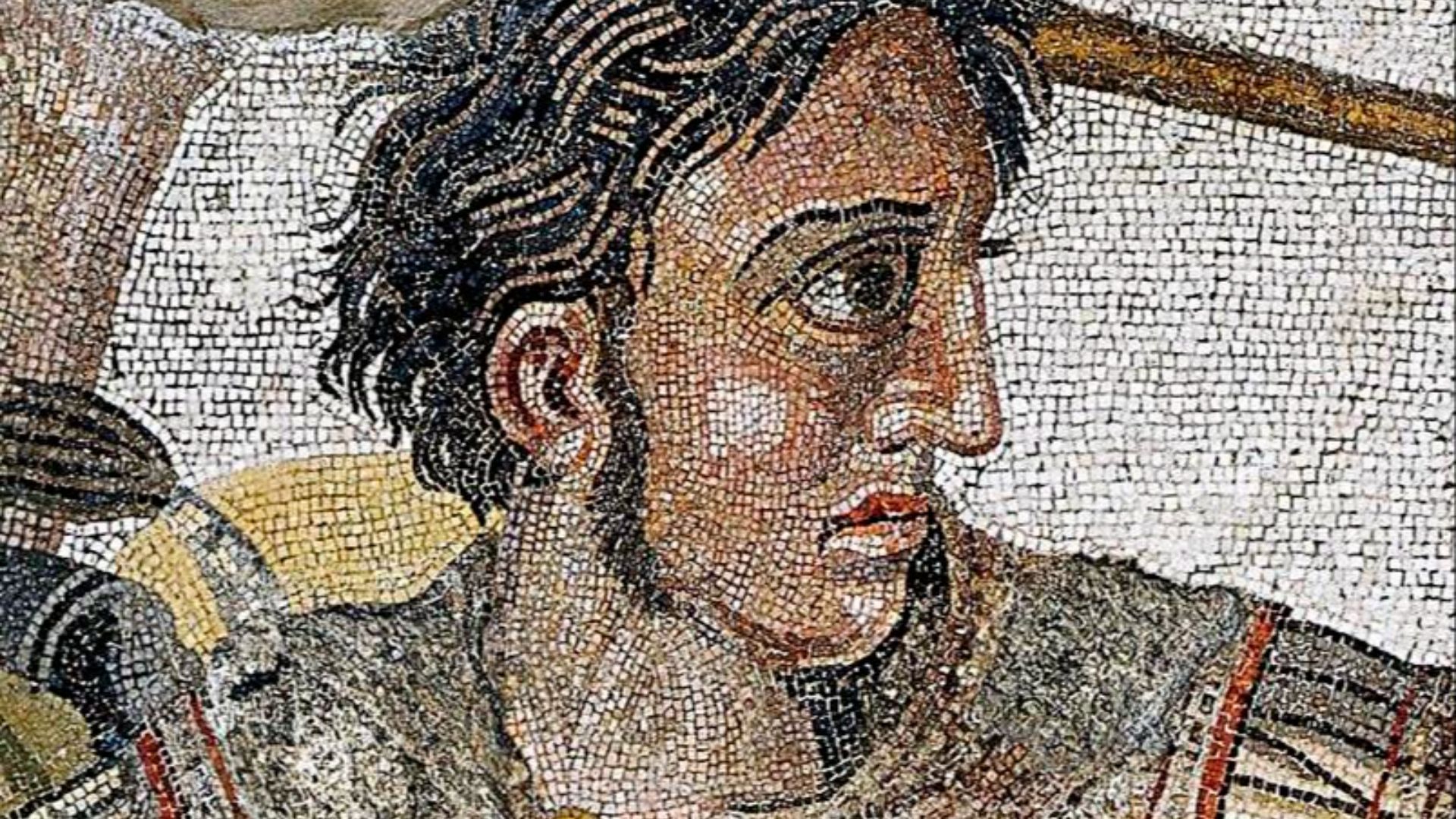 Unknown authorUnknown author on Wikimedia
Unknown authorUnknown author on Wikimedia
2. The Han Dynasty's Downfall
After many internal conflicts in the latter half of the 100s BCE, it’s noted that palace eunuchs involved themselves with the dynasty’s court politics. This led to several violent power struggles, eventually causing the members of the military and aristocracy to divide the empire. The dynasty officially came to an end when Cao Pi usurped the throne from Emperor Xian.
3. The Roman Empire’s Downfall
The Roman Empire fell due to many complex issues, but we’ll give you the Sparknotes version. Between being invaded by barbarian tribes, a plethora of economic issues, overexpansion, government corruption, and a weakening of the Roman legions, it’s no surprise that the great empire is only spoken about in the past tense.
4. The Akkadian Empire’s Downfall
The Akkadian Empire likely fell around 200 years after its founding. After a shaky recentralization after Sharkalisharri’s reign ended, Shu-turul and Dudu ceded power to the Gutians, ultimately ushering in a “Dark Age.”
5. The Russian Empire’s Downfall
The Russian Empire fell due to widespread issues of poverty, food shortages, and government inefficiency. The impact of World War I cannot be understated, as an influx of Russian soldiers meant a net loss when it came to farm and factory work.
6. The Downfall Of Egypt’s Old Kingdom
The Old Kingdom of Egypt slipped into the First Intermediate Period after the empire suffered severe environmental conditions, political decentralization, and the destabilizing reign of Pepi II. All of these issues led to social unrest, economic collapse, and famine, which led to over 100 years of turmoil and hardship.
 Osama Shukir Muhammed Amin FRCP(Glasg) on Wikimedia
Osama Shukir Muhammed Amin FRCP(Glasg) on Wikimedia
7. The Mongol Empire’s Downfall
The Mongol Empire fell due to internal conflicts about leadership and succession, which eventually led to the empire splitting into four separate countries. The empire also suffered failed military campaigns, the bubonic plague, environmental issues, and the overthrow of China’s Yuan Dynasty.
8. The Spanish Empire’s Downfall
The Spanish Empire suffered several expensive conflicts during the 16th and 17th centuries, leading to ineffective governance, military overextension, and economic mismanagement. Furthermore, the empire relied too heavily on colonial silver, leading to inflation and debt.
9. The Qing Dynasty’s Downfall
The Qing Dynasty struggled due to the Opium Wars, foreign influence, widespread corruption, economic crises, and large-scale internal revolts— such as the Taiping Rebellion. This eventually led to the Republican Revolution of 1911.
10. The Ottoman Empire’s Downfall
The Ottoman Empire fell after it was defeated during World War I, but it also struggled with internal stagnation, economic problems, and the rise in nationalism for centuries prior. The empire was dissolved with the Treaty of Sèvres, resulting in the Republic of Turkey in 1922.
KEEP ON READING

20 Important Names From World War II You Should Know
Key Players From World War II (For Good or Bad).…
By Cathy Liu Nov 7, 2024
20 Jaw-Dropping Fabergé Eggs
Treasures Of Imperial Russia. Few things better encapsulate the beauty…
By Ashley Bast Oct 24, 2025
The Musical Prodigy: 10 Fascinating Facts About Mozart & 10…
Secrets Behind the Symphony. Wolfgang Amadeus Mozart remains one of…
By Chase Wexler May 5, 2025
The Mysterious "Sea People" Who Collapsed Civilization
3,200 years ago, Bronze Age civilization in the Mediterranean suddenly…
By Robbie Woods Mar 18, 2025
20 Inventors Who Despised Their Creations
Made It… Then Hated It. Inventors often dream big, but…
By Chase Wexler Aug 8, 2025
20 Incredible Items In The British Museum People Say Were…
Mystery In History. The mighty halls of the British Museum…
By Chase Wexler Sep 8, 2025


